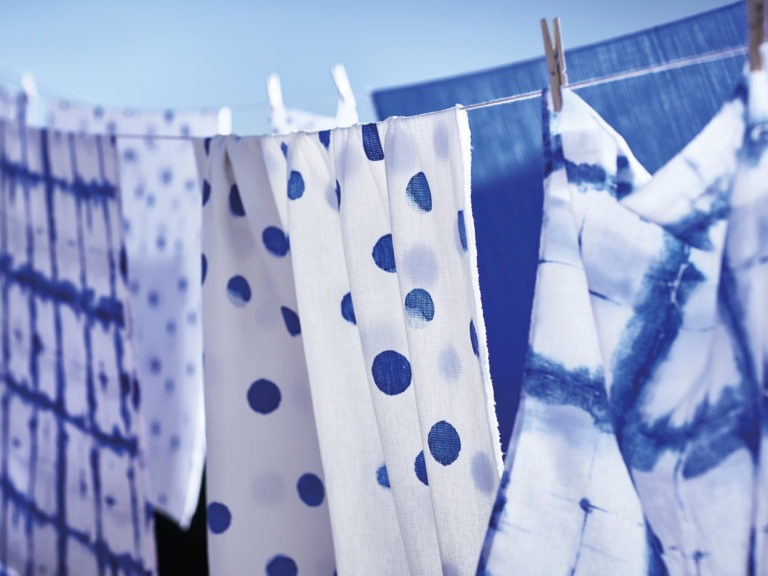In the 1980s, IKEA had done its best to satisfy its international customers’ dreams of luxury, frivolity and exclusive furniture, but at low prices. Along the way, the company lost something of its identity. That problem was particularly evident in the 1992 catalogue. Virtually every page included the same floral pattern, on everything from curtains and sofas to crockery. The product developers had grown a bit too fond of the pattern, which was called MARCELLA.
Something for everyone
More than flowers.


At IKEA, there should be something to suit all tastes. But how do you create a varied range of products? Part of the answer can be found in a floral pattern from the 1990s.
There was nothing wrong with the pattern, but the mistake did lead to an insight: IKEA needed to be better at organising its range. To get back to its roots, the company went back to The Testament of a Furniture Dealer, Ingvar Kamprad’s IKEA constitution for the company. In it, he talks about the range as the company’s identity: “offering a wide range of well-designed, functional home furnishing products at prices so low that as many people as possible will be able to afford them.”
With those words in mind, IKEA went back to the drawing board.
The range was divided into different styles, which together would meet the different needs and tastes of the public. If you like a more traditional style, you should be able to find a chair that fits nicely into a rural kitchen. If you prefer a modern style, you should just as easily be able to find a sofa that suits the clean style of a city apartment.


The secret lies in not going too far in one taste direction, but holding on to the company’s foundation in functional, Scandinavian modernism – the platform for everything IKEA does. But in these postmodern times, there are also influences from around the world, mixing and matching styles, colours and materials. For a global company, it’s important to have products that fit into different kinds of homes.

Today, the range essentially comprises two parts. On the one hand there’s a more international style, that can be either traditional or modern in its expression. On the other hand is a style based on the company’s Scandinavian heritage, with elements of both the old farming society and modern functionalism.
Developing new products is a science in itself, including everything from a low price and colour choice, to sustainability and which materials to use. Exactly how the company solves that equation varies from year to year. But one thing always remains: by finding out about the needs of the many people, IKEA can build a firm foundation of functional products that help everyday life to work better, whatever your taste. The thing that they all have in common is that they feel “typically IKEA”. And if you do want floral fabric or crockery, you’ll find plenty to choose from still today.









